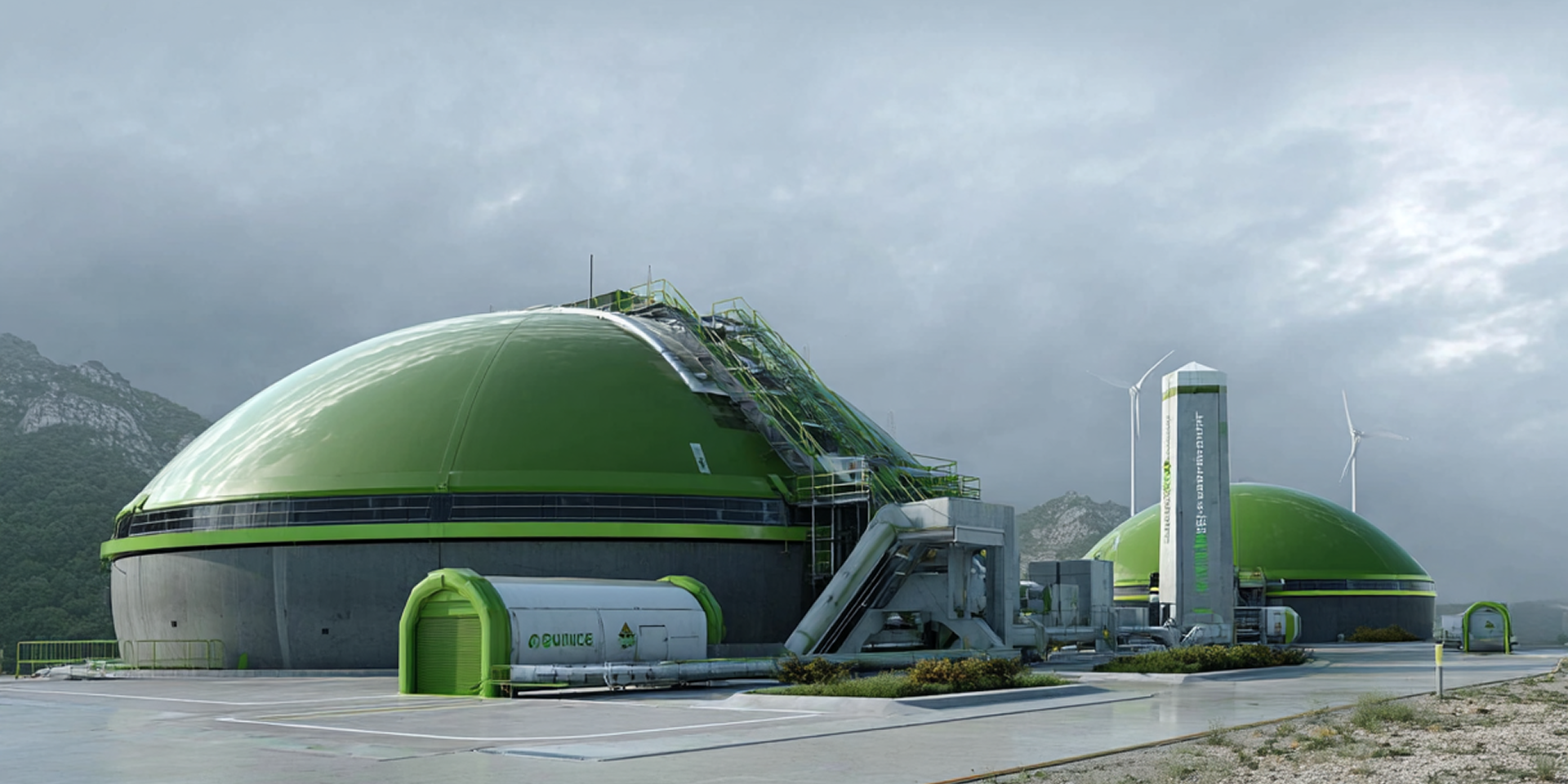Italy is preparing to write a historic page in space exploration. The Italian Space Agency (ASI) and Thales Alenia Space, a joint venture, have signed a strategic agreement for the development of the first permanent habitat module on the lunar surface. The project, named MPH (Multi-purpose Habitation), represents a fundamental piece of NASA’s Artemis program and seals Italy’s entry among the leading nations in the new space race.
A home on lunar soil, but not only that
Thales Alenia Space Italia will lead the industrial consortium that includes ALTEC, a company co-owned by Thales Alenia Space and ASI, along with other entities in the national aerospace sector. The two-year preliminary design phase will focus on developing the necessary technologies to ensure survival and operations in the lunar environment.
However, the MPH module will not simply be a living structure, but a true multi-purpose operational center. It will be designed to host astronauts during lunar missions, but the system will also allow for scientific experiments to be conducted both with a human crew and in automated mode.
One of the most innovative features will be its ability to move on the lunar surface, transforming the base into a mobile laboratory.
With an expected operational life of ten years, MPH will have to face the extreme conditions of our satellite. Among the harshest environmental challenges to manage are thermal excursions ranging from -173°C to +127°C, intense cosmic radiation, the presence of highly abrasive lunar dust, and the constant bombardment of micrometeorites.
From the Moon to Mars
The MPH module is not conceived as an isolated project, but as an integral part of NASA’s “Moon to Mars” strategy. The Moon thus becomes a fundamental testbed for technologies, operational procedures, and life support systems that will subsequently be used in future missions to the Red Planet.
The modular approach and the ability to integrate with other elements of the Artemis architecture will allow for the progressive construction of a permanent lunar ecosystem, laying the foundation for human exploration of the solar system.
The launch is scheduled for 2033 from NASA’s Kennedy Space Center.
The project represents a significant driver for the Italian national aerospace industry, consolidating strategic technological expertise and opening up new business opportunities in a rapidly expanding market. With global investments in the space economy exceeding $400 billion annually, Italy is positioning itself among the key players on the new frontier of innovation.






